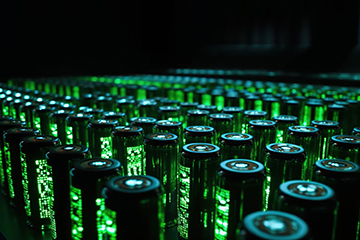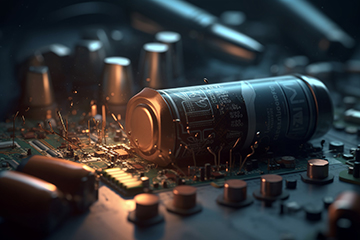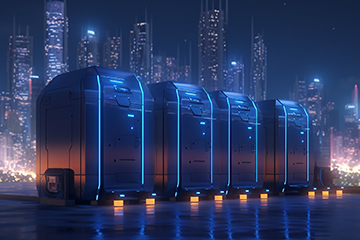Cold Climate Performance
Solid state low-temperature batteries, with a synergistic effect of solid electrolyte and electrolyte, form a dual lithium ion migration carrier. The discharge capacity ratio of 3.4V at 0℃ and below is significantly improved, with a maximum support of 0.5C charging at -10℃.
Market Applications
Solid state low-temperature batteries have more diversified markets and scenario applications:
- International market: high-latitude countries such as Russia, Nordic Europe, Canada, etc
- Domestic market: Northeast region, northern Xinjiang region, Tibet plateau region
- Low temperature environment applications: cameras, flash systems, large-scale game functions




